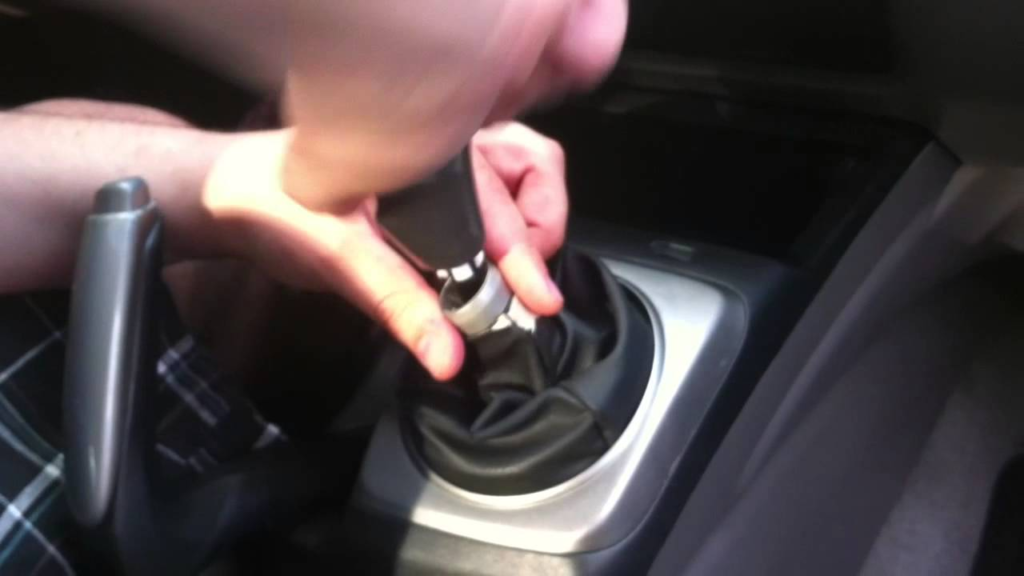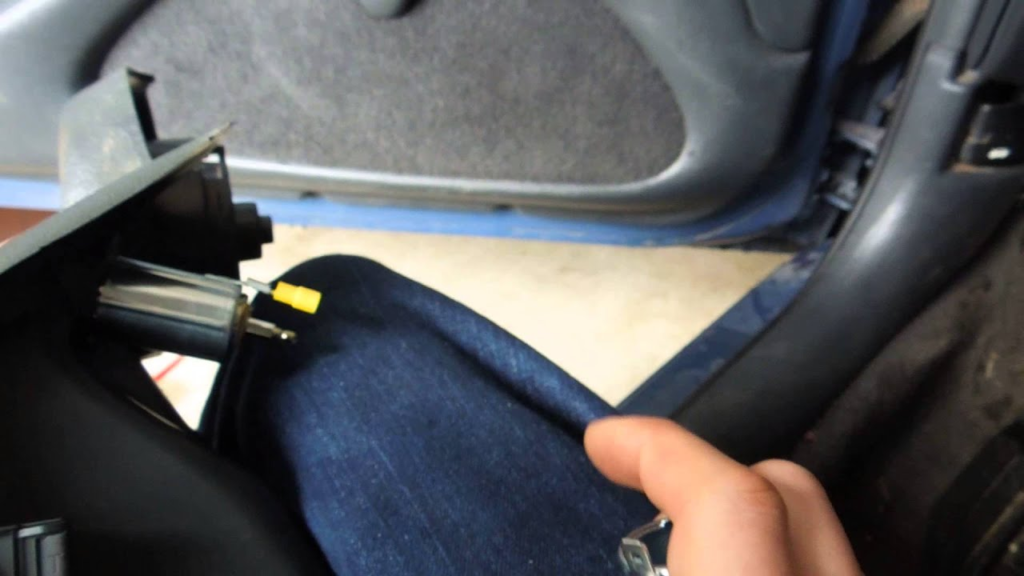The car cigarette lighter socket is a handy feature, allowing you to power up your cell phone or charge your GPS while driving. Unfortunately, the socket can become damaged over time due to wear and tear. If this happens, it’s important to repair the socket immediately so you don’t have to worry about being stranded without access to a charger. This article will discuss how to repair a car cigarette lighter socket differently.
From the easiest and least expensive to the more complex and costly. Each method has pros and cons that should be weighed when deciding the best approach for your situation.
How to Repair a Car Cigarette Lighter Socket
Do you want to learn how to repair a car cigarette lighter socket? This relatively simple task can be done in just a few steps. Car cigarette lighter sockets are prone to malfunction due to wear and tear from overuse, making them an essential piece of equipment that needs regular maintenance. With the right tools, time, and knowledge, you can quickly fix your car’s cigarette lighter socket with little effort. Here is a step-by-step guide on how to repair a car cigarette lighter socket:
Before attempting any repairs, make sure that you wear gloves to protect yourself from any potential electrical shocks or burns. Remember that you should never try to fix an electrical component while the engine is running, as this could result in serious injury due to igniting flammable gases. Unplugging all other devices connected to the power source would be helpful before commencing repairs for safety purposes.

Take off the metal rod using a wrench. You may have to apply some force to get the rod out; however, with patience and care, you should be able to do so without significant difficulty. Once the metal rod has been removed, inspect it for damage or corrosion that could be causing the issue with your lighter socket.
Now you can insert your new socket into place and secure it with screws or clips as instructed by your kit. Finally, put the metal cap back on for added protection, and voila! You have successfully repaired your car’s cigarette lighter socket!
Distinct Forms to Restoration a Car Cigarette Lighter Socket
The suitable materials and tools can restore the socket to its original form. Individuals can choose from two restoration forms depending on their expertise and budget.
Way 1
It’s essential to ensure that the socket is not muddy or has any residue stops. Taking the time and effort to replace the old socket with a new one can save you future headaches. To do this, start by removing the old socket, being careful not to damage any other components.
You have removed the old socket, inspect it for any noticeable signs of wear or tear. If it looks overly worn or broken, consider replacing both parts of your car’s cigarette lighter system the receptacle and mounting base for optimal performance.
Way 2
The most important puzzle piece is the socket fuse, which typically looks like a small, cylindrical piece of metal or plastic with a wire. This fuse is designed to melt and break the circuit when too many current passes. To replace this essential item, you will first need to locate the exact type and size of fuse for your vehicle’s make and model.
When you have obtained the proper socket fuse, disconnect any wires connected to the cigarette lighter socket before unscrewing it from its location in your vehicle. Then remove any components blocking access to the back side of the socket, where you can swap out your old one for a new one.
Way 3
Suppose the socket contacts corrode; evaluating the impairment before attempting to fix it is essential. To restore a car cigarette lighter socket, one should first identify any socket component that bends or is damaged with needle-nose pliers. This could mean looking for any accommodation ruptures to restore the socket.
Once those parts are identified, one can use sandpaper to remove corrosion from the contact points and clean off any dirt or dust that may have accumulated inside the receptacle. After cleaning out all debris, one can use an electrical contact cleaner to help ensure all connections are free of dirt and grime and ready for reassembly.
Way 4
The solder must melt to repair any loose wiring or worn-out parts. Once all the necessary parts have been purchased, two ends of the wire must be attached from the new part to the existing wiring. This can be achieved by using a soldering iron and some electrical solder.
After this step is completed, the user must ensure that no stray solder is left in extreme places, which could cause short circuits and potential damage down the line. Once the solder has cooled, a voltage tester should be used to test if there are any electrical problems with the connections between wires and sockets.

Way 5
The issue with these sockets is that they become loose and need to be secured in place. To restore it properly, one must first locate the damaged area and diagnose any issues that may have caused it to become loose. The next step is to secure it in place using electrical tape or other methods, such as epoxy glue.
Once the socket has been secured, you will want to test its functionality by plugging something into it, such as a charger or car phone mount. If all goes well, your restoration process has been successful, and your cigarette lighter should work again! If not, then another method of repair may be necessary, such as replacing the entire socket altogether.
Way 6
Proper restoration requires that the wiring system leading to the socket be located and carefully detached from other components. Cables must be cut close to the socket to ensure that all parts are correctly removed. The socket should be disconnected from the electrical system and taken apart so that its components can be individually inspected and replaced if necessary.
Restoring a car cigarette lighter socket involves complex repair techniques such as soldering, crimping, and voltage testing. Each step must be completed precisely for the restoration process to succeed.
Way 7
One will need a soldering iron, pliers, and releases. First, unscrew the screws that hold the socket in place to release it from its bracket. Using a pair of pliers, gently pull out the wires connected to the socket. Once these wires have been released, use a soldering iron to reattach them to the terminal points inside the socket. Make sure each wire is securely attached, and then put everything back together again by screwing down all of the retaining screws.

Final thoughts about how to Repair a car Cigarette Lighter Socket
Repairing a car cigarette lighter socket is an important task and can be done in various ways. When replacing the fuse, it’s essential to make sure that you use one with the correct amperage rating. If the fuse isn’t the problem, more intricate repairs, such as checking for loose wires or replacing the socket, may be necessary. With proper diagnosis and repair, your cigarette lighter socket will be up and running quickly.
Read More:
How to Remove Water Stains From Car Windows and Paint
Frequently Asked Questions
Which causes a car Cigarette Lighter to stop Working?
A car cigarette lighter can stop working for a variety of reasons. One of the most common causes is a blown a fuse. The fuse that controls the cigarette lighter is usually located in the fuse box, and if it’s blown, it won’t allow power to flow to the lighter. Another potential cause is a faulty wiring connection, possibly due to corrosion or damage from wear and tear. Lastly, if the light is damaged or worn out, it may need replacing.
How Considerably Accomplishes Its Command to set a car Cigarette Lighter?
Setting up a car cigarette lighter is relatively simple. To begin, locate the fuse box in your car and open it. Inside, you should find a labeled fuse for the cigarette lighter. Using a flathead screwdriver, unscrew the fuse and replace it with a new one of the same amperage rating. Once that’s done, close up the fuse box and test out your new cigarette lighter by plugging something into it.
What Fuse Goes to the Cigarette Lighter?
The fuse that goes to the cigarette lighter is typically a 15-amp fuse. This fuse is in the main fuse box, usually under the dashboard or near the hood release lever. To identify it, look for a label on the box’s cover that says “cigarette lighter.” You can check each fuse to determine which powers the lighter if there is no label.
Are All Cigarette Lighter Sockets The Same?
No, all cigarette lighter sockets are not the same. The socket type depends on your vehicle’s make and model. For example, some cars use a 12-volt socket while others use a 24-volt socket. There are different sizes available, depending on the size of the device you plan to plug into it.

